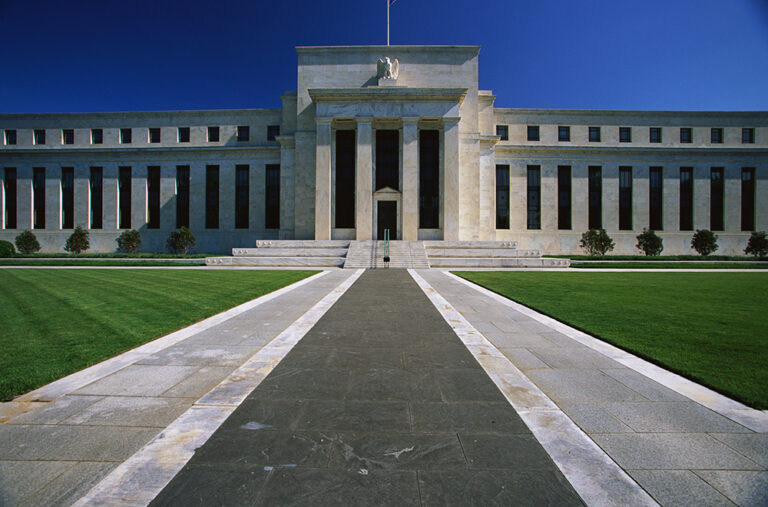The House and Senate return from August break today with their work cut out for them on the fiscal front. While the issues are serious, unfortunately there’s not much time to act. Whether it’s finding consensus on a $90 billion budget gap before the end of the fiscal year, or next month’s looming debt ceiling debate, these challenges are urgent and demand leadership.
To welcome back the reconvening Congress, and highlight these critical challenges, the Peterson Foundation presents a fiscally-focused infographic that illustrates what’s at stake this fall. We’re sharing it to encourage Congress and the President to put a plan in place that protects America’s economic recovery, and also stabilizes our long-term national debt.

Further Reading
What Are Interest Costs on the National Debt?
Interest costs are on track to become the largest category of spending in the federal budget.
Healthcare Costs Are a Major Driver of the National Debt and Here’s the Biggest Reason Why
One of the largest drivers of that rising debt is federal spending on major healthcare programs, such as Medicare and Medicaid.
House Reconciliation Bill Would Add Trillions to the National Debt
The bill would increase debt by $3.0 trillion over the next 10 years, driving it from nearly 100 percent of GDP now to 124 percent of GDP by 2034.


